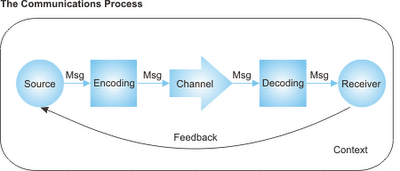Characteristics of Phonology (English Creole vs Caribbean Standard English)
English Creole uses:
1. No voiced consonant clusters at the end of words, for example, -nd is replaced by -n, as in han, san . Whereas CSE uses voiced clusters at the end of words, for example, -nd, as in hand, sand.
2. No voiceless consonant clusters at the end of words, for example, -st is replaced by -s, as in tes, wris; similarly -ft is replaced by -f, for example as in lef. Whereas in CSE, voiceless consonant clusters occur at the end of words, for example, -st, as in test, wrist; -ft, as in left.
3. No voiceless-voiced consonant clusters at the end of words, for example, -sed is replaced by -s as in miss; -ghed becomes gh in words like laugh; -ped > p, as in leap. Whereas CSE makes use of voiceless-voiced consonant cluster at the end of words, for example, -st, as in test, wrist, -ft, as in left.
4. No voiced 'th' sound at the beginning of words or syllables; a 'd' sound instead, for example in dey, dem, la.der. Whereas CSE uses the voiced 'th' sound at the beginning of words or syllables, for example, in they, them and la.ther.
5. No voiceless 'th' sound at the end of words or syllables; a 't'; or 'f' sound instead, for example, in fift/fif, wit/wif. Whereas in CSE the voiceless 'th' sound occurs at the end of words or syllables, for example in fifth and with.
-->


